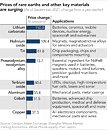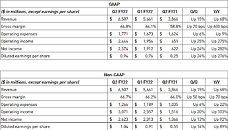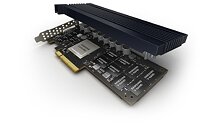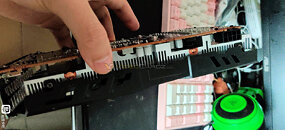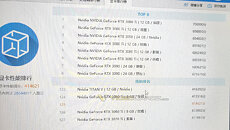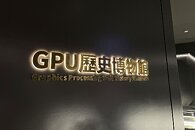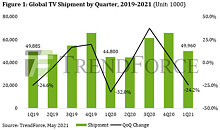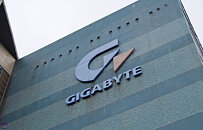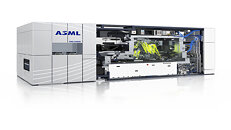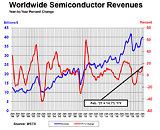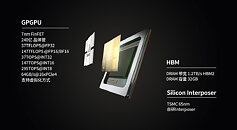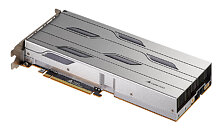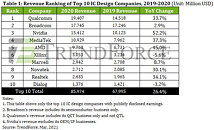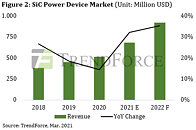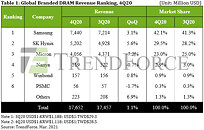Rare Earth Metal Prices Are Skyrocketing, Electronics Prices Expected To Follow
If it wasn't bad enough that we're in the middle of a pandemic, which has resulted in major shipping issues globally and a semiconductor shortage, it now looks like electronics are likely to get even more expensive due to skyrocketing prices of many rare earth metals.
Nikkei is reporting that many often overlooked materials, such as neodymium and the lesser known praseodymium, have increased by almost 74 percent since the same time last year and that's only one of several key materials that have increased in price by 50 percent or more in a year.
It's no secret that lithium has increased in price and it now costs about 150 percent of what it was costing last year. However, many other, less obvious materials have also increased in price, with copper up over 37 percent and tin up almost 82 percent in a year. To TPU's readers this mainly means that you can expect higher costs for PCBs and all the components that are soldered onto them, as tin is used to solder just about every component in place.
Nikkei is reporting that many often overlooked materials, such as neodymium and the lesser known praseodymium, have increased by almost 74 percent since the same time last year and that's only one of several key materials that have increased in price by 50 percent or more in a year.
It's no secret that lithium has increased in price and it now costs about 150 percent of what it was costing last year. However, many other, less obvious materials have also increased in price, with copper up over 37 percent and tin up almost 82 percent in a year. To TPU's readers this mainly means that you can expect higher costs for PCBs and all the components that are soldered onto them, as tin is used to solder just about every component in place.
